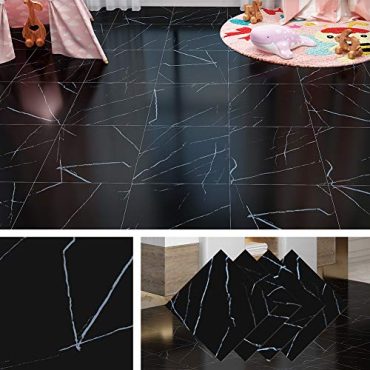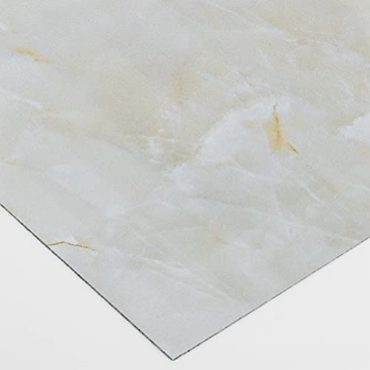Wood flooring can be cut from different parts of a tree, resulting in various patterns and appearances. The way the wood is cut also affects its durability, stability, and overall aesthetic. Here are some common wood floor cuts:
- Plain Sawn (Flat Sawn):
- Description: Plain sawn is the most common and cost-effective method of cutting wood. It involves cutting the log in a series of parallel cuts along the length of the log.
- Appearance: This cut produces a grain pattern that is typically wavy or cathedral-like, with pronounced growth rings and a mix of grain angles.
- Advantages: Economical, shows off the natural character of the wood, and often yields wider boards.
- Disadvantages: Less stable than some other cuts, can be prone to more movement and warping.
- Quarter Sawn:
- Description: In this method, the log is first quartered and then each quarter is cut perpendicular to the growth rings.
- Appearance: Quarter sawn wood has a straighter grain pattern with ray flecks or “flakes” that can give it a distinctive appearance. It also tends to have less prominent growth rings.
- Advantages: More stable than plain sawn, less prone to warping, and can have a unique appearance.
- Disadvantages: Typically more expensive due to the sawing process, may yield narrower boards.
- Rift Sawn:
- Description: Similar to quarter sawn, but the cuts are made at a slightly different angle to produce a straighter grain pattern without the characteristic ray flecks.
- Appearance: Rift sawn wood has a very straight grain pattern with minimal figure or flake, giving it a subtle and uniform appearance.
- Advantages: Highly stable, less prone to warping, and can have a modern and elegant look.
- Disadvantages: Like quarter sawn, it may be more expensive and yield narrower boards.
- Live Sawn (Combination Cut):
- Description: This method involves cutting the log in a single pass, producing a mix of plain sawn, quarter sawn, and rift sawn boards all from the same log.
- Appearance: Live sawn wood showcases a range of grain patterns, from the more pronounced cathedral pattern to the straighter and finer patterns.
- Advantages: Maximizes the yield from a log, offers a mix of visual characteristics, and can be a good compromise between stability and appearance.
- Disadvantages: Can be slightly less stable than quarter or rift sawn, but more stable than plain sawn.
When choosing a wood floor cut, consider factors like your aesthetic preferences, budget, and the environment in which the flooring will be installed. Each cut has its own unique beauty and characteristics, and the right choice will depend on your specific needs and desires.















